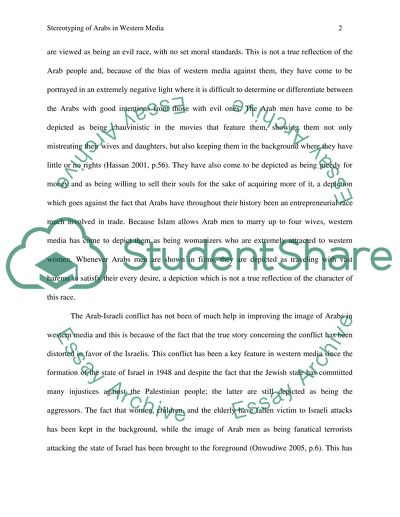Cite this document
(“Stereotyping of Arabs in Western media Essay Example | Topics and Well Written Essays - 2500 words”, n.d.)
Retrieved from https://studentshare.org/journalism-communication/1477623-stereotyping-of-arabs-in-western-media
Retrieved from https://studentshare.org/journalism-communication/1477623-stereotyping-of-arabs-in-western-media
(Stereotyping of Arabs in Western Media Essay Example | Topics and Well Written Essays - 2500 Words)
https://studentshare.org/journalism-communication/1477623-stereotyping-of-arabs-in-western-media.
https://studentshare.org/journalism-communication/1477623-stereotyping-of-arabs-in-western-media.
“Stereotyping of Arabs in Western Media Essay Example | Topics and Well Written Essays - 2500 Words”, n.d. https://studentshare.org/journalism-communication/1477623-stereotyping-of-arabs-in-western-media.


